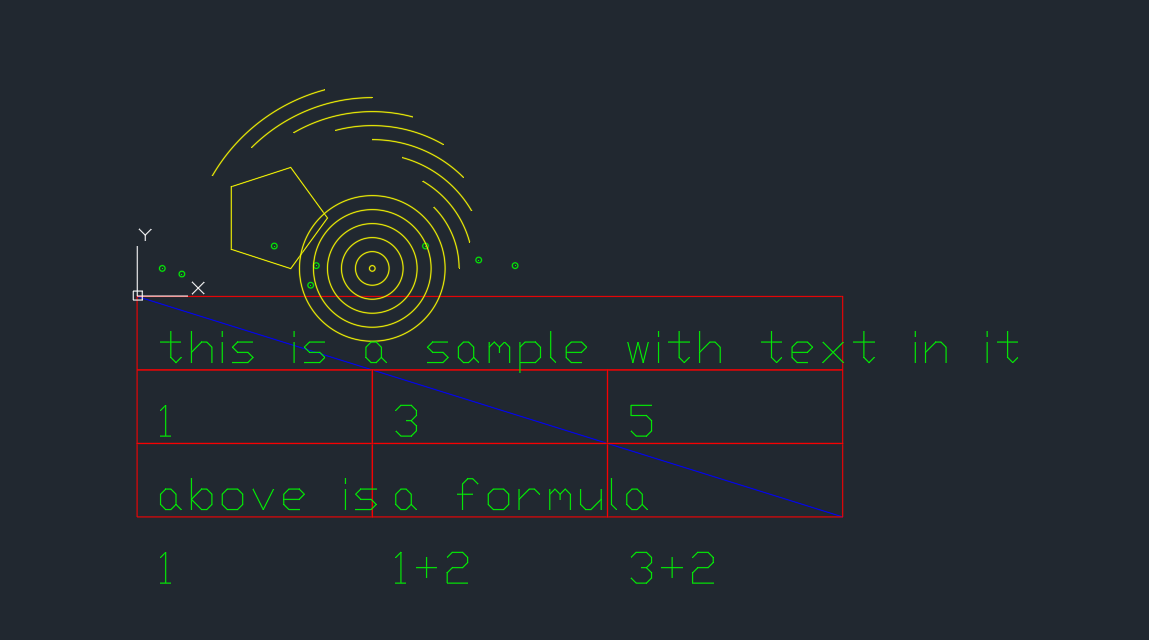Excel Mastery: Crush Your Spreadsheets Like a Pro! – Part 3.2 Conditional Formatting
Excel Mastery: Crush Your Spreadsheets Like a Pro!
Part 3.2
Using conditional formatting to highlight data
When it comes to formatting data in Excel, there’s nothing more exciting, that sounds more boring, than conditional formatting. But trust me, it’s a game-changer. Conditional formatting is like the Batman of Excel – it swoops in, saves the day, and makes your data look awesome.
What is Conditional Formatting?
 What exactly is conditional formatting? In simple terms, it’s a way to automatically format cells based on certain criteria. For example, you can highlight all the cells that contain numbers above a certain threshold, or all the cells that contain specific words or phrases. It’s like having a personal assistant for your data – it does all the tedious work for you, so you can focus on the fun stuff.
What exactly is conditional formatting? In simple terms, it’s a way to automatically format cells based on certain criteria. For example, you can highlight all the cells that contain numbers above a certain threshold, or all the cells that contain specific words or phrases. It’s like having a personal assistant for your data – it does all the tedious work for you, so you can focus on the fun stuff.
Now, I know what you’re thinking – “But wait, won’t that make my data look too cluttered and confusing?” Fear not, conditional formatting can actually make your data easier to read and understand. By highlighting specific cells or values, you can draw attention to the most important information and make it stand out from the rest. It’s like giving your data a stylish haircut – it looks neater and more polished.
But don’t just take my word for it. Let’s dive into some examples of how to use conditional formatting to make your data shine.
Real life Examples
First up, let’s say you have a spreadsheet of sales data for your company. You want to quickly identify which products are selling the most, so you can focus your efforts on those areas. With conditional formatting, you can easily highlight the cells with the highest sales numbers, making it easy to spot the top-performing products.
Lest make this more relevant to everyone. What about a list of tasks that need to be completed across your team. You want to make sure everyone knows which tasks are assigned to them, without having to scroll through a huge spreadsheet. With conditional formatting, you can highlight the cells that correspond to each team member, making it easy to see who’s responsible for what.
Or, you can use it for customer feedback. You want to quickly identify which comments are positive, negative, or neutral? You guessed it. With conditional formatting, you can highlight the cells that contain certain keywords or phrases, making it easy to categorize the feedback and take action accordingly.
How to set up Conditional Formatting
Now, let’s get into the nitty-gritty of how to use conditional formatting in Excel.
Step 1: Open your Excel spreadsheet and select the cells you want to apply conditional formatting to.
Step 2: Go to the “Home” tab and click on “Conditional Formatting”.
Step 3: Choose the type of formatting you want to apply, such as “Highlight Cell Rules” or “Data Bars”.
Step 4: Select the condition you want to use. This could be “Greater Than”, “Less Than”, or “Between”.
Step 5: Enter the values or criteria you want to apply the formatting to. For example, if you want to highlight cells that are greater than 100, enter “100” in the box.
Step 6: Choose the formatting you want to apply, such as a background color, font color, or data bar.
Step 7: Click “OK” and admire your beautiful conditional formatting!
Let’s go through an example of how to use conditional formatting in Excel:
Step 1: Select the cells you want to apply conditional formatting to.
Step 2: Go to the “Home” tab and click on “Conditional Formatting”.
Step 3: Choose “Color Scales” and select the color scale you want to use.
Step 4: Choose the formatting you want to apply, such as a background color or font color.
Step 5: Click “OK” and see your data come to life with different colors!
See? Conditional formatting is like a magic wand for your data. It makes it easier to read, understand, and act on. So, next time you’re working with Excel, don’t be afraid to embrace the power of conditional formatting. Your data (and your sanity) will thank you.
More Advanced Things
Did you know that you can do more advanced things with this tool? Using a little bit of VBA (don’t we will cover that in a later post) you can actually use Excel to complete repetitive task. For instance, lest say that you want to loop through each column in a section and have each column have its own conditional formatting. Well, you can!
There are two ways of doing this. You can either use this code provided here, or you could take the easy way out and use CelTools.
If you are really looking to improve your Excel skills, you might want to look into the Add-in CelTools. Not only do we give great advice on how to use Excel, but we also offer great products that make Excel easier to use.
CelTools, like all of our other products, receive new updates that improve functionality and add new features. Features like easily using Vlookup and doing conditional formatting by Column or Row. While its true that you do not need CelTools (because I am going to be showing how to do pretty much everything that CelTools offers over the series of these post), CelTools makes it a lot easier as it allows you to do these things without writing your own functions.
Converting numerical numbers to written numbers (123 to One Hundred Twenty Three), printing selections into PDF’s, and even saving Excel pages as HTML so you can post it directly on your website.
Anyway, give CelTools a try and see what it can do for you. There is no harm in downloading the free trial!

























